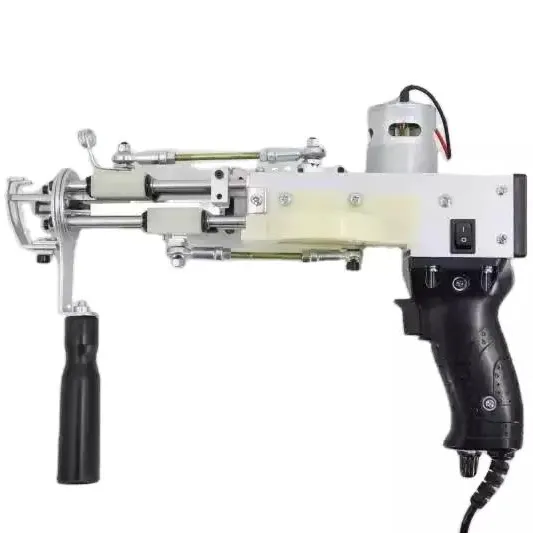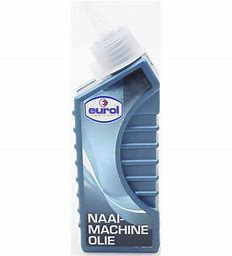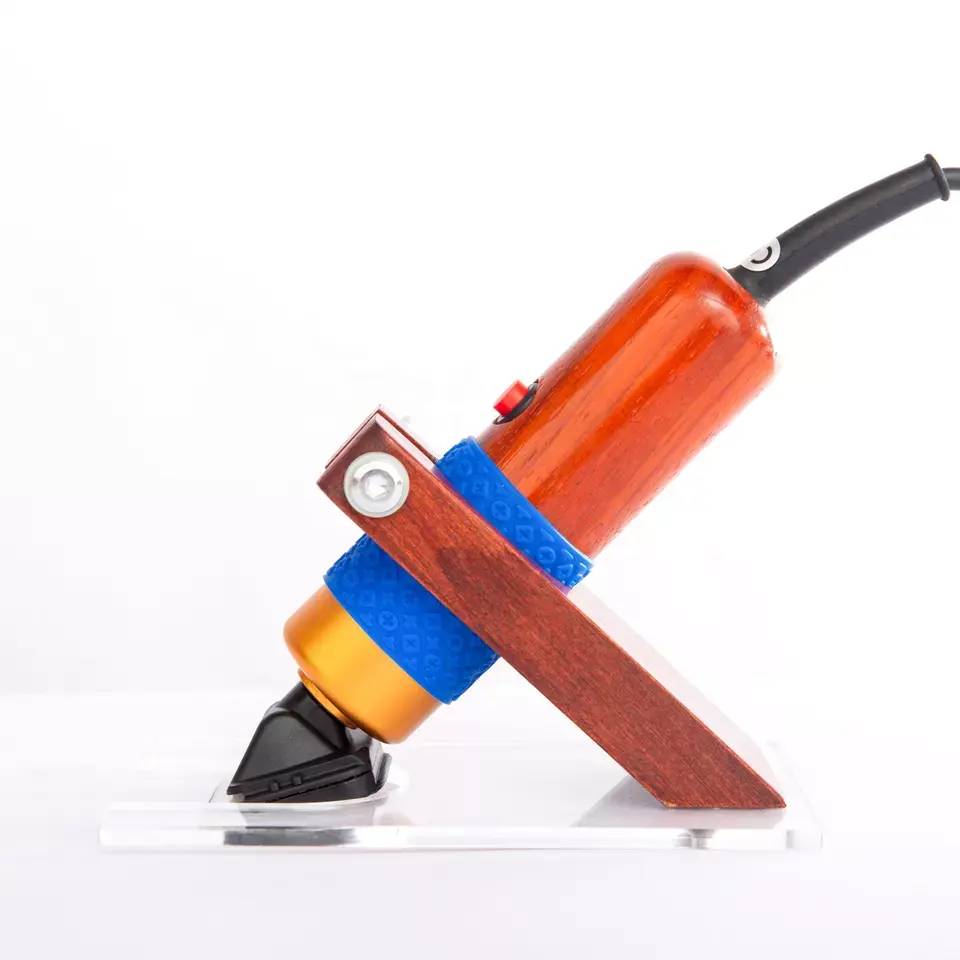This blog has been long overdue, but I think it provides an answer to a question that everyone has wondered about or asks at the beginning of their tufting adventure. When I started tufting 3 years ago, I also found this very difficult and it took some time to determine what you really need, what is useful, and what might be unnecessary.
Tuftgun / tufting gun
Perhaps unnecessary to mention, but the most important component for tufting is, of course, a tuftgun. What might be less unnecessary is that there are different tuftguns on the market. In this blog you can read more about it: Different tuftguns / tufting guns – workshop | tufting | tufting gun | tuften | tuftgun | Funky Studio | Shrinky dink | shrink plastic | uv resin. I recommend purchasing your machines from a Dutch webshop. These must comply with Dutch regulations regarding warranty. What I also find very important is that I am always available via email for questions and can sometimes resolve machine issues remotely. Additionally, a year of quality checks and comparing producers preceded this.

Sewing machine oil
This is a very important item that is easily forgotten, but ensures that your machine keeps running smoothly and doesn’t break down. Before first use and after each use, the machine must be supplied with a few drops of oil on the moving parts. Otherwise, the machine will quickly seize up due to dust accumulation. The nice thing is that the odorless and colorless sewing machine oil is also suitable for a possible electric shaver. Tip: get a cheap brush from Action and dust off your machine after use before applying the oil.

Tufting fabric / tufting cloth
Of course, you also need fabric for tufting. The fabric used by most tufters, Monk’s cloth or 100% polyester fabric, is specially made for tufting. For this reason, they are not available at a fabric store. When buying the fabric, pay attention to the size. Some sell it per meter width, per coupon of a certain size, and with me it’s available in 2 meter width and you buy it per meter length. If you want to know more about the different fabrics and their pros and cons, you can find that in this blog: Which tufting fabric / tufting cloth should I use?

Frame
To be able to tuft, you obviously need a frame in which you can hang and tightly stretch the tufting fabric. A frame is not very difficult to build and often you can have everything cut to size in advance at a hardware store. You can choose between a table frame (which you need to secure with glue clamps), a wall frame (which needs to stand against a wall somewhere), or a hanging wall frame (which you attach to the wall). A few important things to consider are, for example, the size of your frame. Does it match the sizes of the fabric you buy, what fits in your house, and can the frame stay in place or should it be removable. Here you can read more about building a frame: How to make a tufting frame?

Wool / Yarn
The great thing is that almost everything is usable for tufting. During workshops, I like to use royal from Zeeman or saskia from Wibra. This is because it gives a neat result and keeps the workshop affordable. These are acrylic yarns, which are known to start pilling after a lot of active “use”. By that I mean if you use it as a pillow or carpet that is walked on. For these works, I would rather choose wool. Wool doesn’t wear out or wears out much less quickly, but there’s also a price tag attached to that. I find cotton gives the least attractive result. This is because the thread often untwists. Lastly, you need to consider the thickness of your yarn/wool. For royal and saskia, you need two strands to achieve the right thickness that stays well in the fabric. If you were to use more chunky wool/yarn, then a single strand might be enough.

Glue
Although the wool is fairly well attached to the fabric, you could still pull it out. To prevent this, you need to glue the back. There are many different types of glue on the market, also depending on how flexible or hard the work needs to be. In this blog you can read more about types of glue: Gluing your tufted carpet – workshop | tufting | tufting gun | tuften | tuftgun | Funky Studio | Shrinky dink | krimpplastic | uv resin
Scissors
You also need good scissors to trim your work. At minimum, you want to trim the protruding parts and maybe even out the edge. It’s important to choose fabric or wool scissors, as these are very sharp and have no trouble cutting wool. Don’t use the scissors for other purposes to keep them as sharp as possible. There are special tufting scissors on the market that also allow you to easily cut relief, these are usually referred to as tufting scissors.

If you want to know more about creating relief in your work, take a look at this blog: Adding relief / height difference in your tufting work / rug / carpet – workshop | tufting | tufting gun | tuften | tuftgun | Funky Studio | Shrinky dink | krimpplastic | uv resin
What else is handy
So far, I have described everything you really need. The following items are nice to use and make your tufting adventure a lot easier.
Heavy duty rug carver
A trimmer makes finishing your work a lot faster and easier. If you want to even out your work or create height differences, a rug carver / heavy duty trimmer is indispensable. Especially as your works get larger, working with scissors becomes very time-consuming. There are different devices on the market, but the one in the image is the most commonly used and has a very long lifespan. It can be used with and without a guide, which is intended for even trimming.

Other small items
Other items that make tufting easier, but are not a must, are for example the thread scissors (small scissors to cut threads), tweezers (to easily remove certain stitches from your work), canvas stretcher (for easily stretching your fabric on the frame), lint remover (to remove fluff during finishing) and an extra threading loop (these are easily lost). If you want to view these items and all other items from Funky Studio, look here: Tufting – workshop | tufting | tufting gun | tuften | tuftgun | Funky Studio | Shrinky dink | krimpplastic | uv resin
For finishing
Finishing your own carpet can be done to whatever extent you want. Do you just trim it or do you also shear it, do you straighten threads and does it need a finished back? If you want to finish the back, you can do this with an anti-slip fabric or another non-fraying fabric. Additionally, you can also use finishing tape. It gives a nice effect, but if you’re going to frame something, it’s not necessary of course.


If you still have questions after this blog or even additions, you can of course always leave a message below or contact me via the contact form: Contact – workshop | tufting | tufting gun | tuften | tuftgun | Funky Studio | Shrinky dink | krimpplastic | uv resin